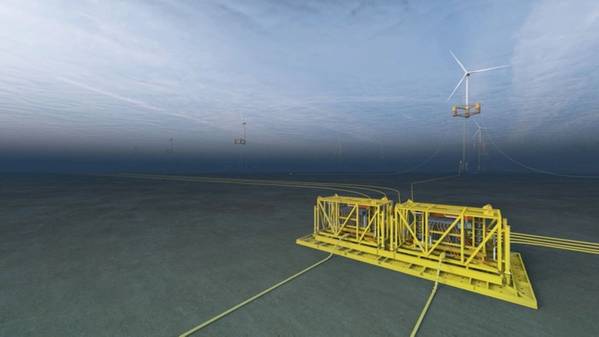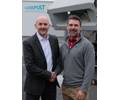
Renexia, through its subsidiary Renext Solutions, has signed a front-end engineering and design contract (FEED) with Aker Solutions to design the underwater substations for Med Wind project, a 2.8 GW floating wind farm in the Mediterranean Sea.
Aker Solutions will work in close cooperation with its alliance partner ABB to deliver the project scope.
The agreement involves the design of eight modules, two for each section of the Med Wind park, to be laid on the seabed of the Strait of Sicily, at a depth of between 520 and 660 meters, into which the cables of the plant's floating turbines will be conveyed.
The energy produced by the rotation of the blades will then arrive on land, at the Partanna and Partinico power stations, via a system of submarine and land-based cable ducts.
Med Wind will be developed in several stages and, once fully operational, will be able to produce about 9 TWh per year of clean energy, equal to the energy needs of 3.4 million households and equivalent to 3% of the national energy demand, an important step for the energy transition path undertaken by Italy.
Finally, the project will help create jobs in Sicily over the six years planned for the construction of the plant and for maintenance activities over the following 25 years.
“Aker Solutions’ approach has all the parameters we were looking for: solidity, breakthrough technology and environmental impact reduction. We are delighted that the partner selected will join us on this important and challenging path, which will culminate in the construction of the first large-scale floating offshore wind farm in the Mediterranean Sea”, said Paolo Sammartino, COO of Renexia.
The start of the design phase of these important elements was made possible by the results of oceanographic campaigns carried out over the past few months on the seabed where Med Wind will be built.
The collected samples and analyses, along with studies of sea currents, helped identify the most suitable areas for the entire plant. These surveys also confirmed that the project meets all sustainability criteria and aligns well with the marine environment.
Moreover, no sites of historical or archaeological significance were found anywhere near the area where the turbines will be moored.



